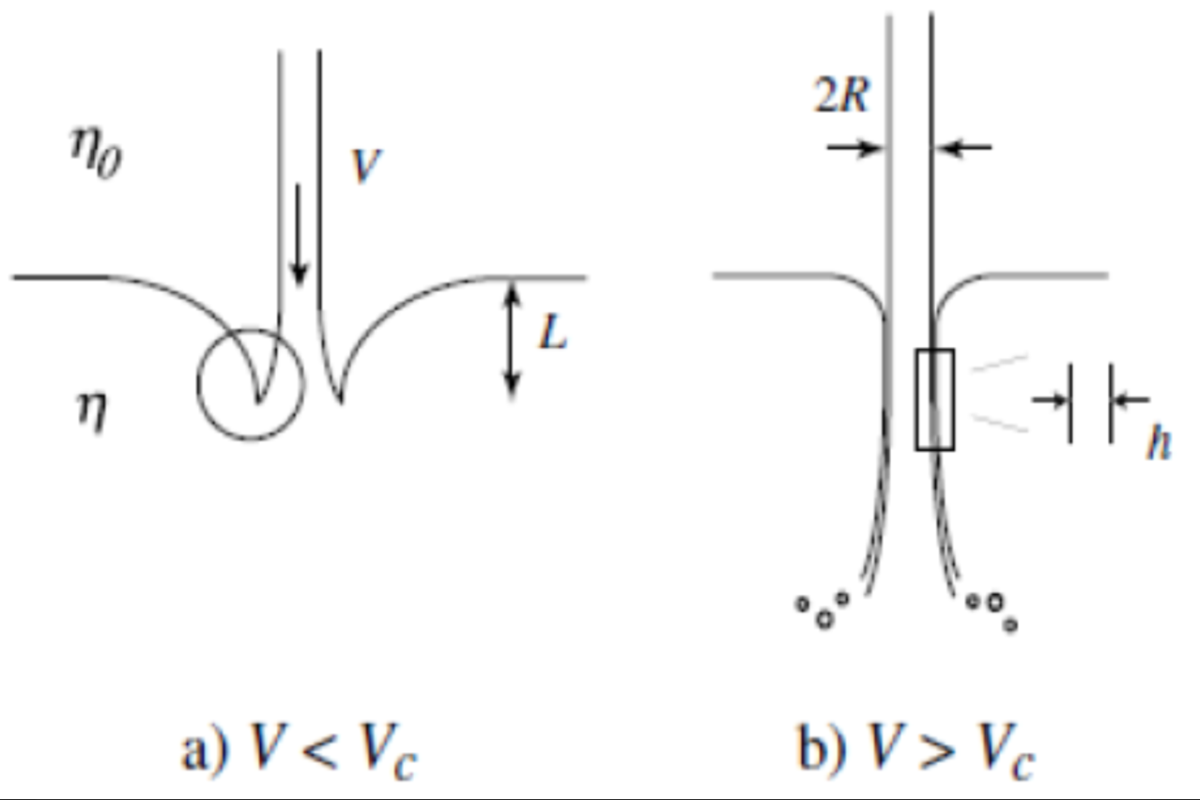 Back to Open Positions & Projects
Back to Open Positions & Projects

Air entrainment by a fluid jet
- Supervisor: Daniel Bonn
- Project Type: Master Project
- Goal: To determine the parameters important to air entrainment by a fluid jet.
- Info: Send email to: D.Bonn
- DOC: Click here for DOC file
If one fills a glass with water, the fluid stream can create air entrainment: bubbles of air form in the glass. Air entrainment in liquids is a complex phenomenon that has important applications in industry and environment. For example, in naval hydrodynamics, the breakup of entrained air into bubbles leads to acoustic noises which modifies their hydrodynamic performances. In industrial processes the phenomenon is widely encountered and can be either a desired or detrimental effect: the pouring of molten glass or steel into a mold can lead to the formation of air bubbles which can be disastrous for the mechanical properties of the steel, whereas when using dishwashing liquid the formation of bubbles is clearly desired.
In the project we perform an experimental study using high-speed photography of the plunging of a liquid jet into a pool of the same liquid. The entrainment of the surrounding air then forms a stream of bubbles in the receiving pool. This process depends on a variety of system parameters including the fluid characteristics such as the viscosity, surface tension and the jet parameters such as the jet diameter and its flow speed. Previous research has shown that there is a critical value for the jet velocity, called minimum entrainment velocity, for which air entrainment occurs (see figure); however what determines the critical value remains ill-understood; understanding this will be one of the central aims of the project.
